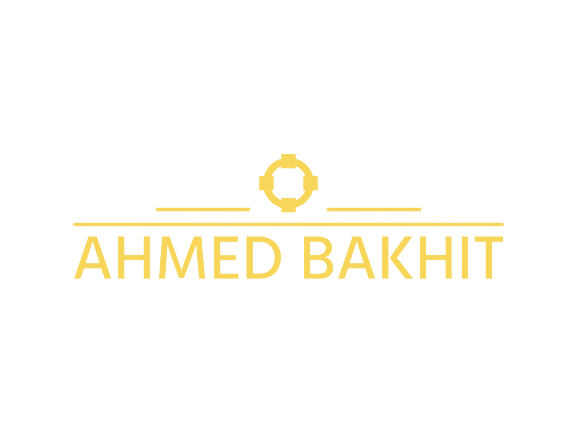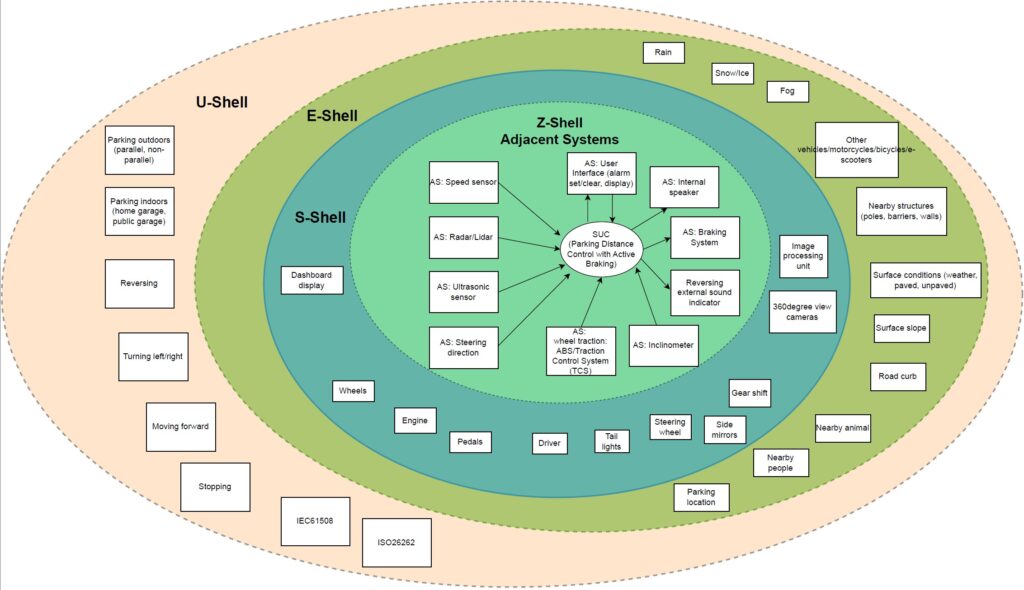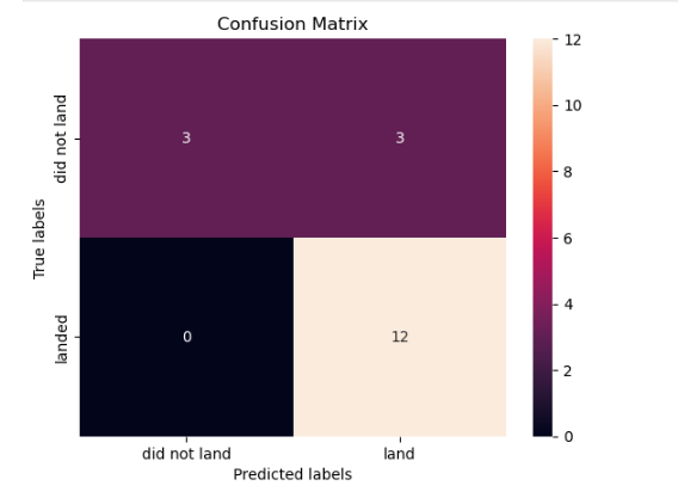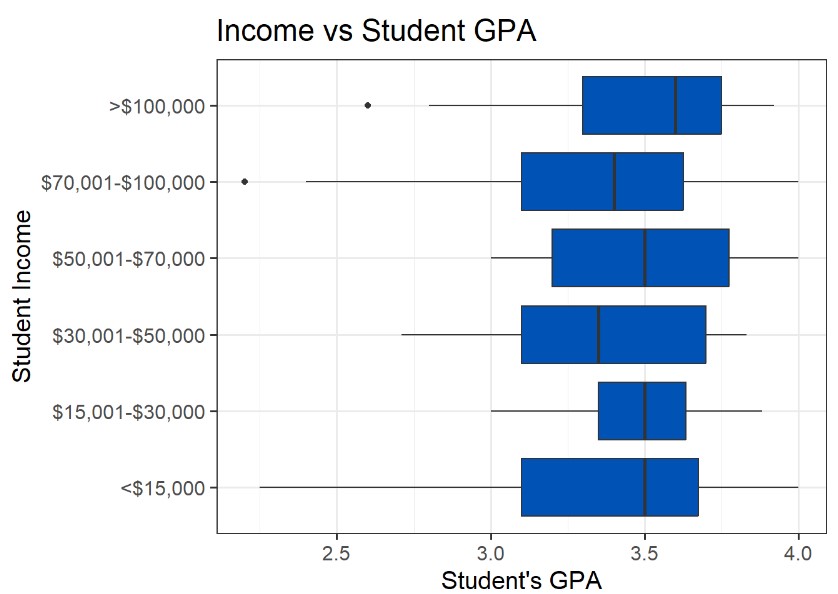Case studies
Creative Projects
Safety Projects
Data science Projects
This project aims to determine the likelihood of a successful landing for the first stage of the Falcon 9 rocket, with the aim of providing useful information for companies that may wish to bid against SpaceX for a rocket launch contract. To achieve this, I employed various data collection and analysis methodologies, including webscraping, API, data wrangling, one-hot encoding, exploratory data analysis (EDA) using visualization and SQL, and interactive visual analytics using Folium and Plotly Dash.
To predict the likelihood of a successful landing, I implemented classification models and worked on building, tuning, and evaluating them. The results of my analysis can be useful for companies competing with SpaceX for rocket launch contracts, enabling them to make informed decisions based on accurate predictions of landing success.
In this project, I analyzed the relationship between GPA and student income, the father’s educational level, and the student’s perception of an ideal diet, using data analysis and exploration techniques in R. To begin, I cleaned and prepared the dataset by ensuring that numerical values were stored correctly, and categorical values were represented by humanly readable words or phrases. Additionally, I used data visualization techniques such as boxplots to visually represent the relationships between the variables in the dataset.
In this project, I built and programmed a mobile robot for a competition that involved collecting balls and taking them to a base. The competition was won by the robot that collected the most balls. To program the robot, I utilized computer vision and C++, which allowed the robot to sense walls and avoid them. Additionally, I programmed the robot to attack and defend against other robots in the competition.
To build the robot, I 3D printed its parts and assembled them together. I also created a mechanism to capture the balls, which allowed the robot to collect them more efficiently. Overall, this project required a combination of mechanical, electrical, and programming skills to create a robot that was capable of competing successfully in the competition.
Engineering Projects
Cantilever Beam fea
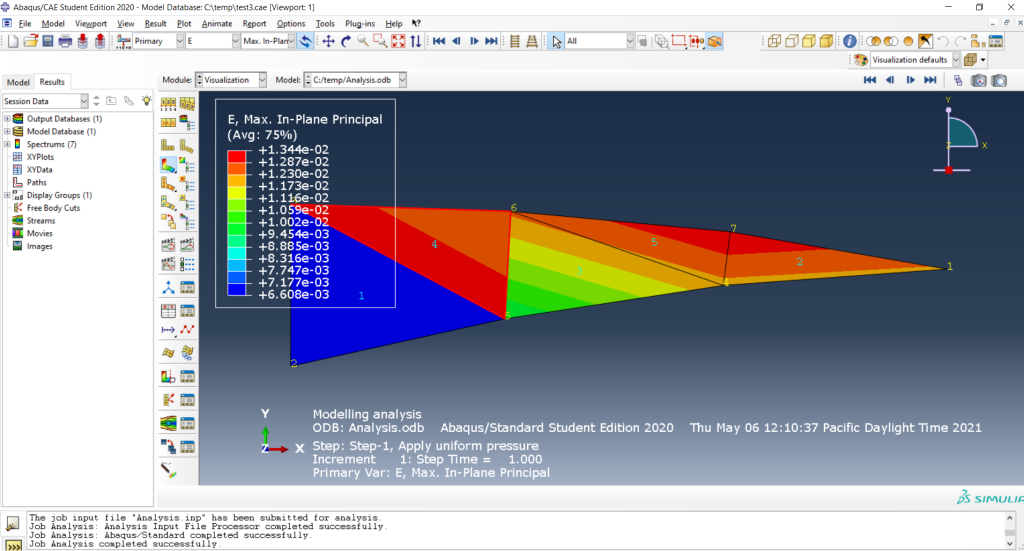
In this project, the goal was to perform Finite Element Analysis (FEA) on a cantilever beam using the software ABAQUS. FEA is a numerical method used to analyze and solve complex engineering problems. In this case, the cantilever beam was analyzed to determine its stress and deformation characteristics under different loads and boundary conditions.
To perform the FEA, I utilized ABAQUS to create a 3D model of the cantilever beam. The model was then divided into smaller elements, and each element was analyzed using FEA to determine its stress and deformation characteristics. The results were then combined to provide an overall analysis of the beam.
In this project, the goal was to find a hidden word created by moving an orange ball around in a video. To achieve this, I used MATLAB to track the colored ball and create a white center in the middle of it. I then tracked the center and stored its location in the screen, allowing me to see the hidden word.
By utilizing MATLAB’s tracking capabilities, I was able to accurately identify the orange ball and create a white center in the middle of it. This allowed me to track the movement of the ball and identify its path, which ultimately led to the discovery of the hidden word. Overall, this project required a combination of image processing and programming skills to successfully uncover the hidden message in the video.
DFMA for makita angle grinder

In this project, the goal was to perform a design for manufacturing assembly for a Makita angle grinder. The project involved the use of SolidWorks to create a 3D model of the angle grinder, followed by the use of DFMA (Design for Manufacture and Assembly) software to optimize the design for improved manufacturing and assembly.
The DFMA tool helped to identify areas where manufacturing and assembly costs and time could be reduced, and recommended design changes to improve the efficiency of the assembly process. The redesigned angle grinder was tested using the DFMA tool to verify the effectiveness of the recommended changes.
Through the use of DFMA, we were able to identify opportunities to reduce manufacturing and assembly costs, as well as reduce the overall assembly time. The redesign of the angle grinder was much more efficient and effective, leading to improved productivity and cost savings.
Check out other projects at my Github
